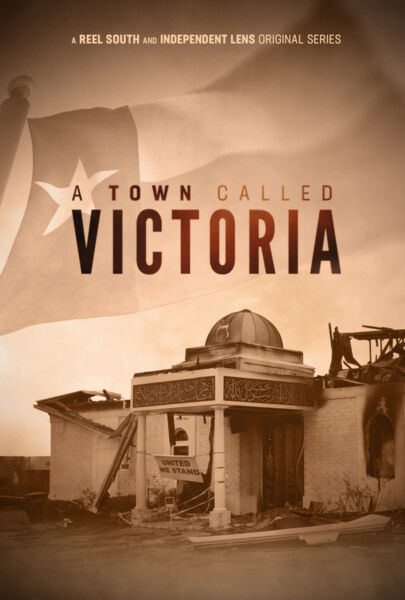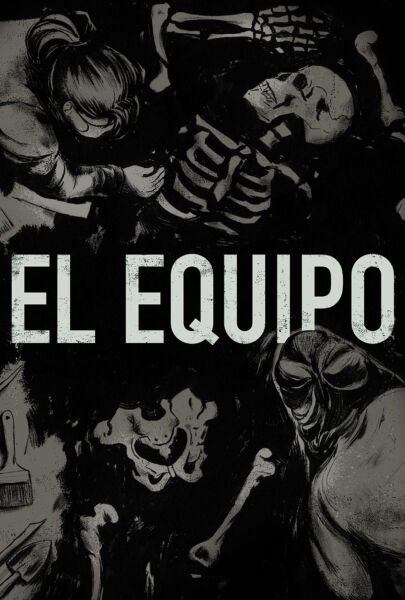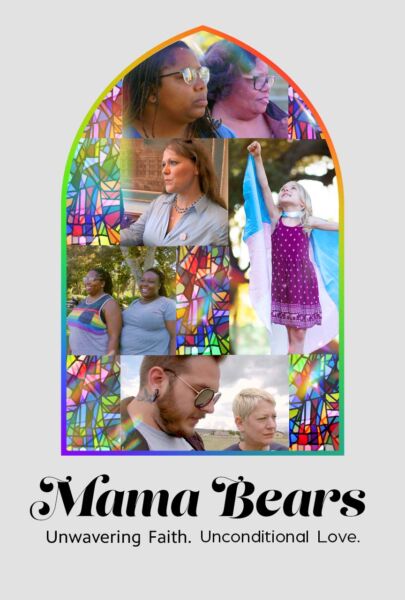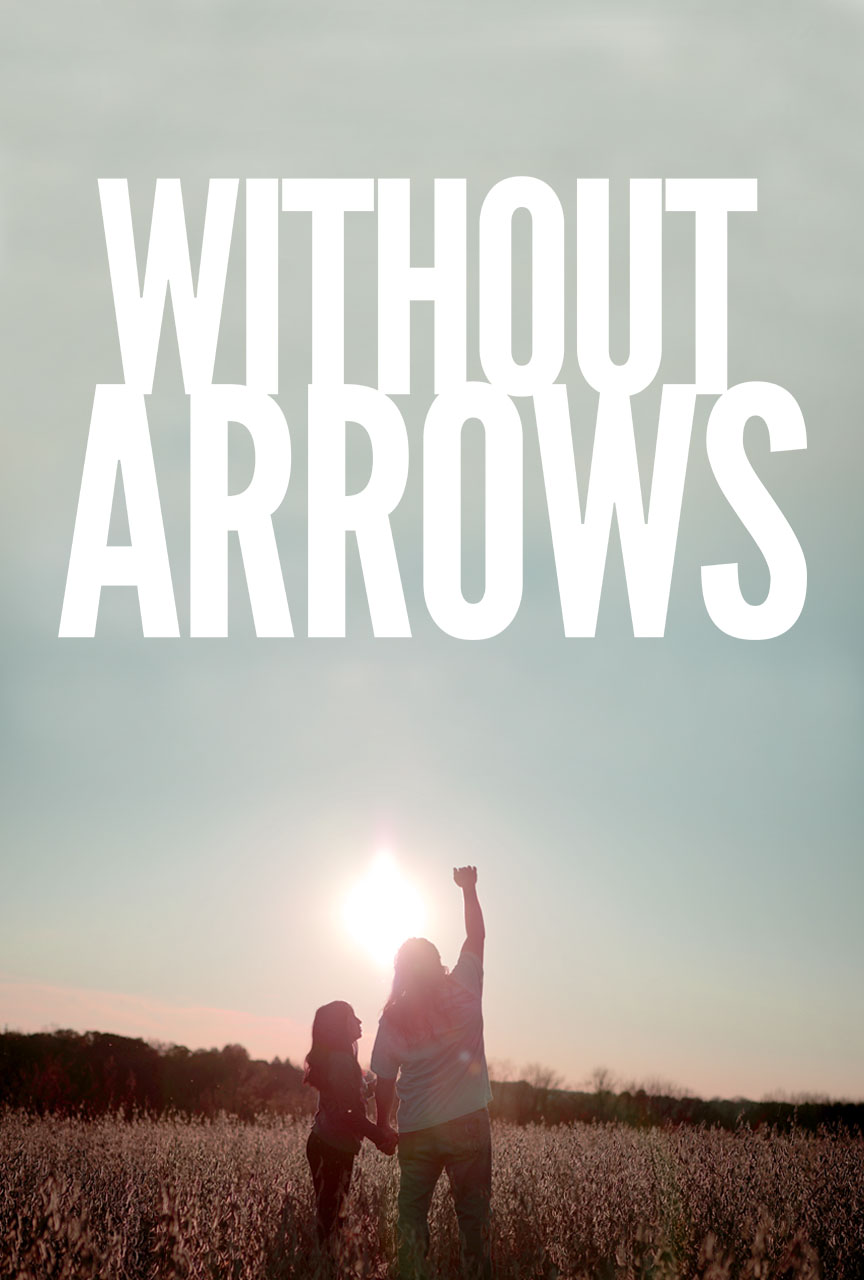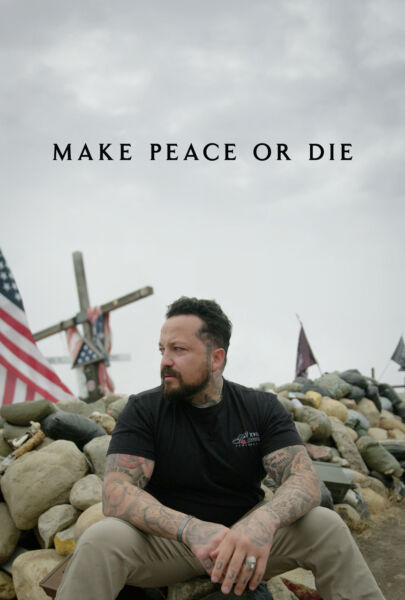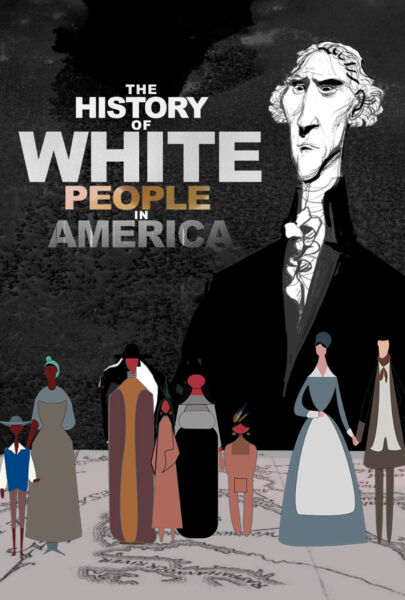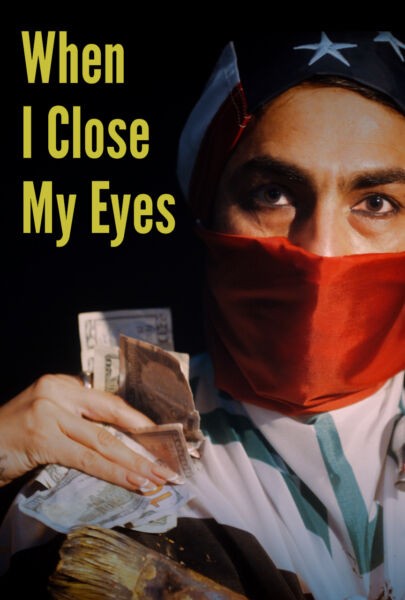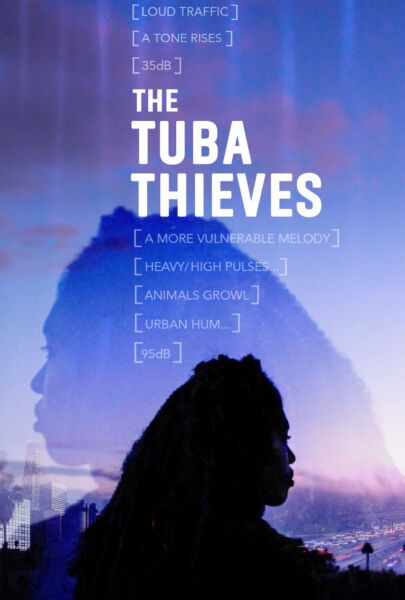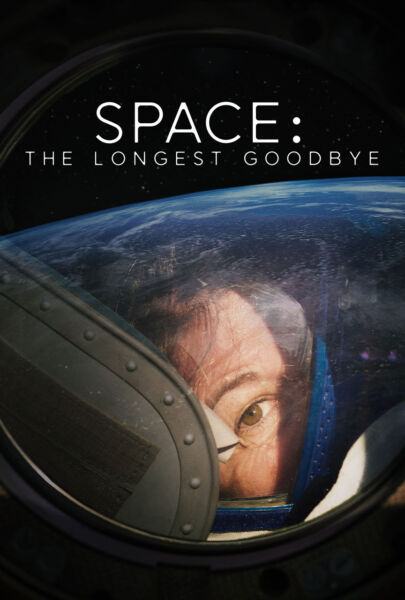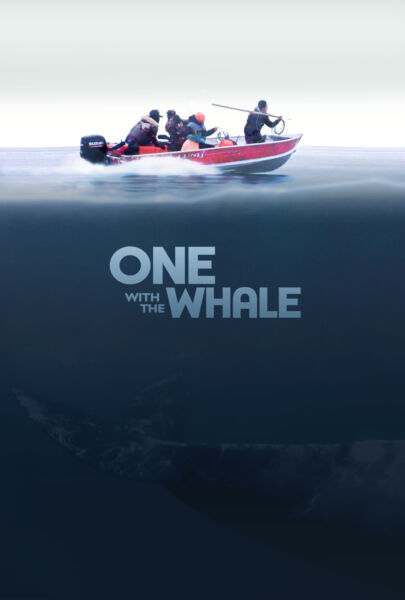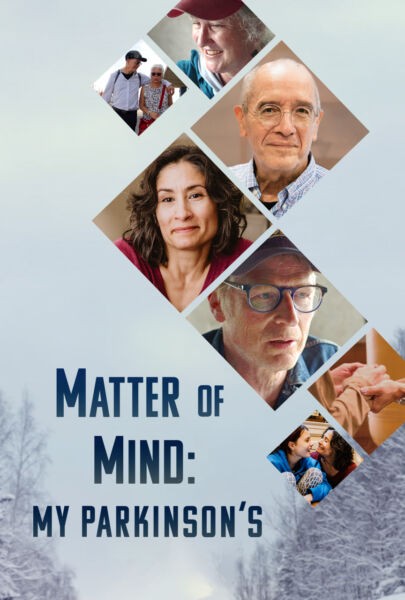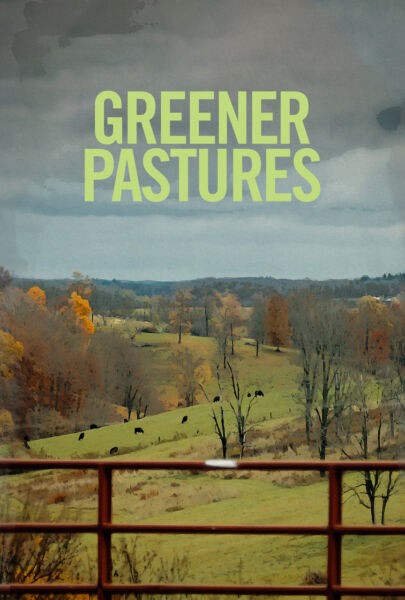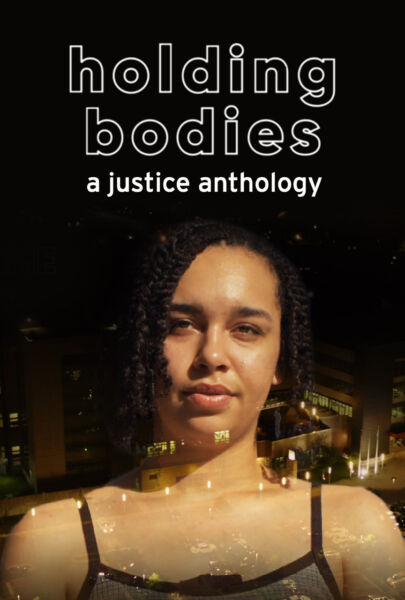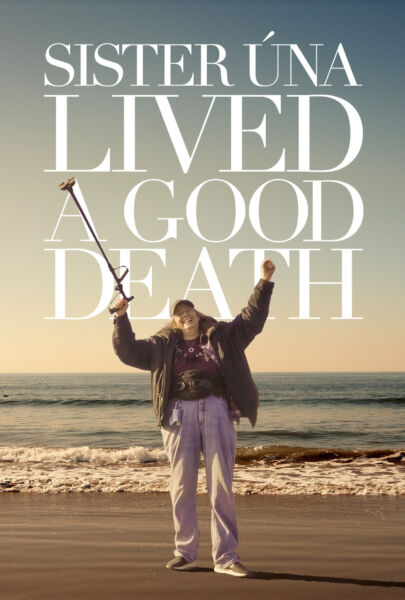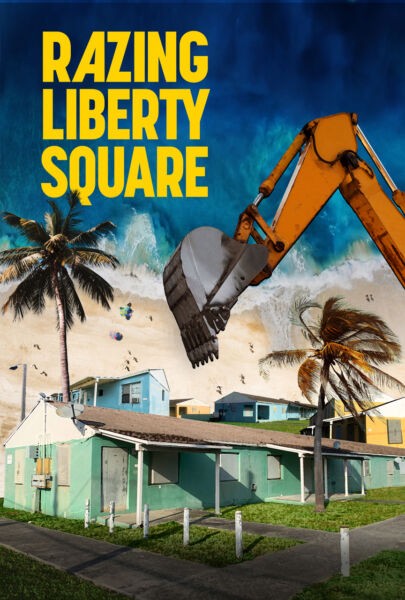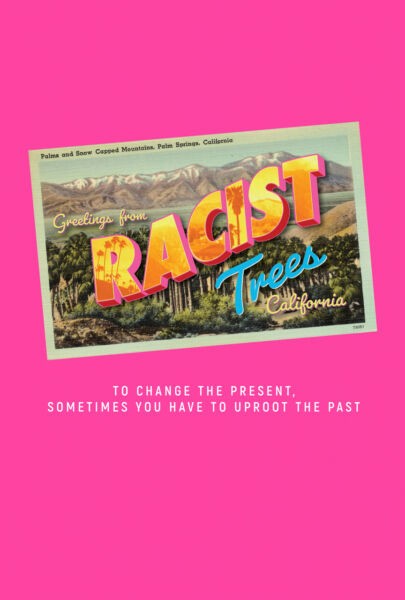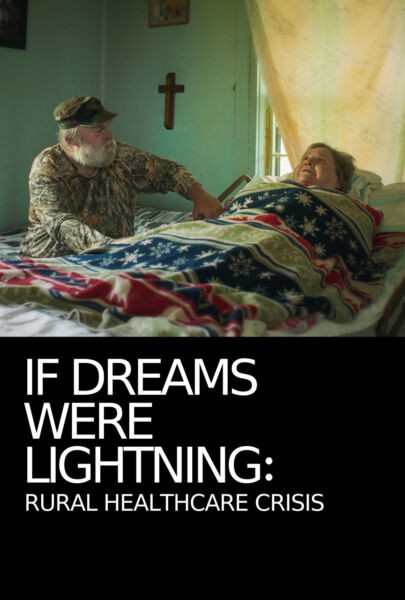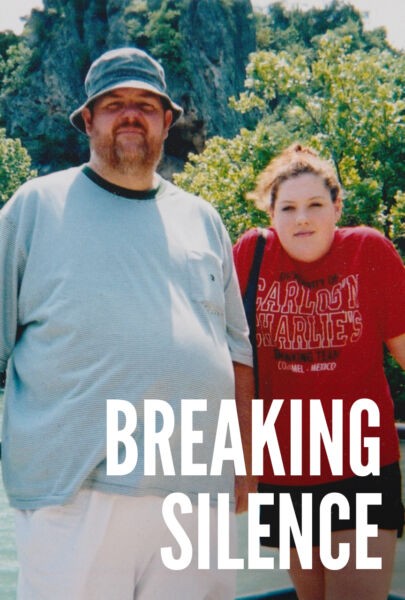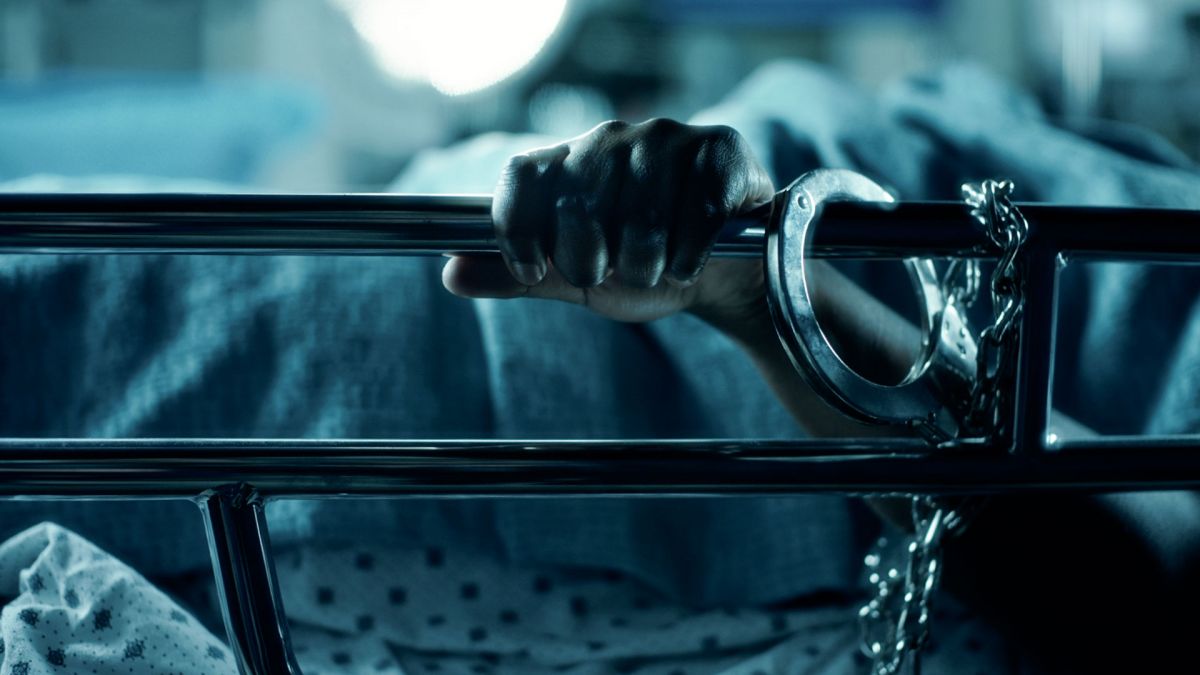
Erika Cohn has made powerful documentaries for Independent Lens before and is no stranger to telling intimate, surprising stories in tense environments: her Peabody Award-winning film The Judge showed Shari’a law in a new light to Western eyes, through the story of the first-ever female judge in Palestine’s religious courts; and the Utah native filmmaker co-directed the News & Documentary Emmy-winning In Football We Trust, which transported viewers deep inside the tightly-knit and complex Polynesian community in Salt Lake City, one of the chief sources of the modern influx of Pacific Islander football players to the NFL, who struggle to overcome gang violence and near poverty to try to make it professionally.
But for her new film Belly of the Beast, Cohn tackles arguably her most dynamic and perilous undertaking yet.
The film, “which depicts the fight to ban non-consensual sterilizations performed on female prisoners in California, is at once a thrilling legal drama and heartbreaking depiction of devastating human rights violations that you can’t imagine happening in the 21st century,” wrote Katie Walsh in the LA Times. “Unfortunately, as news recently broke about alleged forced sterilizations performed in ICE detention centers, the film is also all too timely, and a powerful argument for women’s reproductive autonomy.”
We talked to Cohn about how that recent ICE story put even more urgency on the one she tells in Belly of the Beast, whether she thinks—despite the successes shown her film—that forced sterilizations are still happening in America, and how growing up in Salt Lake City led her to want to make the kinds of films she’s gone on to make.
What led you to want to make Belly of the Beast, to tell this story?
To expose modern-day eugenics and reproductive injustice, to educate people about mass incarceration – centering women of color and transgender people in women’s prisons in the conversation.
How did you first get involved with the people you’d come to film for this? Where did you first hear of their situations?
[Lawyer and Justice Now co-founder] Cynthia Chandler and I were first introduced in 2010 through a mutual friend. I was inspired by Justice Now’s “let our families have a future” campaign, which exposed the multiple ways prisons destroy the human right to family, one of the most heinous being the illegal sterilizations primarily targeting women of color, which really screamed eugenics to me.
As a Jewish woman, who grew up in Salt Lake City, the phrase “never again” was always profoundly in the back of my mind. When I learned about this different kind of genocide happening through imprisonment, through forced sterilization behind bars, I knew that I wanted to get involved. Cynthia invited me into the organization as a volunteer, after which I became a volunteer legal advocate providing direct service needs for over 150 people in California’s women’s prisons. From there I began collaborating with people inside on a project that became Belly of the Beast.

Filmmaker Erika Cohn
I had heard about Kelli Dillon’s powerful activism through Justice Now, though didn’t have an opportunity to meet her until a few years into the process. When we met in 2012, she was working as a community interventionist in Los Angeles doing domestic violence prevention and gang intervention work. At that point in her life, Kelli had shelved the sterilization issue and was focusing on building her career and serving her community, and initially became involved in the film as an advisor behind the scenes.
Once the Center for Investigative Reporting articles were released, there was a tremendous amount of momentum that led to a series of hearings in the California legislature and, ultimately, a bill was passed. That was the moment that Kelli and I decided that it was time for her to be on camera. As we reveal in the film, her discoveries catalyzed Justice Now to begin investigating the illegal sterilizations in prison. Through that, we meet the other survivors. So, if it hadn’t been for Kelli, none of this would have ever come to light.
There must be a lot of challenges in making a film set in large part in prisons and the criminal justice system. What were some of the biggest obstacles you faced?
Funding was a tremendous challenge in the beginning of the filmmaking process. Initially, people couldn’t believe that illegal sterilization was still happening, and therefore couldn’t get behind a film that exposed the practice in prison, despite having hundreds of testimonials from those who were directly impacted.
This changed after the Center for Investigative Reporting (CIR) released their series by Corey Johnson. I had no idea at the time how instrumental CIR’s work would become both in the film’s narrative and behind the camera. Though Justice Now had worked on this issue for nearly a decade before Corey Johnson began his investigation, CIR’s findings thrust the sterilization abuse into a national conversation ultimately leading to a series of hearings in the California State Legislature. This provided Belly of the Beast with a legitimacy and urgency that many funders needed prior to supporting the film.
In terms of actual production [challenges]: Prisons are so far out of sight, out of our consciousness, far from our physical reach – we are rarely granted access to worlds behind walls that aren’t dramatized or sensationalized. I wanted to reimagine how we visualize imprisonment, using imagery that evokes memory and passage of time, contrasting confinement and freedom…viscerally placing the viewer within intimate, vulnerable, and uncomfortable spaces.
Our filmmaking team didn’t have access to some of these spaces, and therefore chose to carefully reconstruct, agonizing over every detail, feeling the weight of responsibility and gravity of accurately depicting each memory, each moment, each restricted space, which were so carefully described and shared with me by people in prison.
Challenges surrounding access actually provided a creative opportunity, and our team strove to visually demystify incarceration and cinematically push the boundaries of verité filmmaking, utilizing a combination of first-person POV, recreation, and observational footage.
What about the challenge of following two stories in your documentary—the main one, Justice Now and Cynthia taking on Kelli’s case, and the secondary one, the Center for Investigative Reporting and Corey Johnson’s pursuit of the story—the challenges, both in production and in post-production, of maintaining these two narratives?
Belly of the Beast was already in production when Corey began pursuing the story…I had no idea at the time, how instrumental CIR’s work would become both in the film’s narrative and behind the camera. Though Justice Now had worked on this issue for nearly a decade before Corey Johnson began his investigation, Center for Investigative Reporting’s (CIR) work thrust the sterilization abuse into a national conversation ultimately leading to a series of hearings in the California State Legislature.
CIR’s reporting also provided Belly of the Beast with a legitimacy and urgency that many funders needed prior to supporting the film. Until that point, many people couldn’t believe that illegal sterilization was still happening, and therefore couldn’t get behind a film that exposed the practice in prison, despite having hundreds of testimonials from those who were directly impacted. In the edit, we ultimately chose to introduce Corey chronologically, concurrent with the actual timeline of events.
Additionally, his initial discovery process around modern-day eugenics served as a catalyst to dive into the historical backdrop, which couldn’t have come earlier in the film.
"We actually used to call them 'the surgeries of the month' because they were happening so frequently. So many people were getting hysterectomies. That was the cure-all."
Watch #BellyoftheBeastPBS Monday, November 23 on @PBS. pic.twitter.com/Ww5ptY1PwI— Independent Lens (@IndependentLens) November 20, 2020
What do you think has been missing from national conversations about forced sterilization?
I have spent the past decade examining the human rights abuses, including forced sterilization, in California’s women’s prisons as both a volunteer legal advocate and as a filmmaker. I have experienced the levels of secrecy and privacy institutions hide behind, which makes it incredibly difficult to uncover abuses of power and state-sponsored violence.
When the news about the sterilizations in ICE detention facilities came out, the complaints were so eerily similar to the illegal sterilizations that we uncovered in our film. I mean, literally some of the accounts are almost verbatim. Because there has not been accountability for the sterilizations that have been performed, both historically and in recent times, modern-day sterilizations like what you see in California’s women’s prisons or in ICE detention facilities will continue to happen.

Cynthia Chandler and Kelli Dillon at hearing
The legacy of forced sterilization in the United States is not talked about. Right now, we have a petition on our website where people can pledge their support for reparations for California’s forced sterilization survivors. I believe that will not only continue to make amends for the historical sterilizations, following in the footsteps of North Carolina and Virginia, but also ensure accountability for modern-day instances of sterilization.
Until we account for our eugenics practices and provide justice for the survivors and ensure safeguards to prevent future abuses, this will continue to happen. We’re coming up on the 100-year anniversary of the infamous 1927 Supreme Court case, Buck v. Bell, which upheld a statute instituting compulsory sterilization for the “unfit” for the protection and health of the state. It set a precedent for states to legally sterilize people in prisons. While state, federal, and international law explicitly ban the illegal sterilizations, this particular decision has yet to be overturned.
I find it very fascinating that, in light of the recent discovery of the ICE sterilizations in Georgia’s detention facilities, no one is talking about overturning Buck v. Bell. Forced sterilization is genocide, and the legacy of forced sterilization in the U.S. is deeply rooted in white supremacy.
With those revelations about the ICE detention centers, does that mean forced sterilizations — though they’re illegal — have possibly continued in prisons, too?
We don’t know whether or not this has stopped in prisons. Between the California state audit and prison records, we calculated that 1,400 sterilization procedures occurred between 1997 and 2013. And since 2014, California is required to report the number of sterilizations performed each year and prove medical necessity around it. Some of those procedures are questionable and the California Department of Corrections has found loopholes by classifying everything as medically necessary.
So, while at least there’s transparency right now, it’s very difficult to determine whether or not those in fact were medically necessary procedures. Our team has sent Freedom of Information Act requests to dozens of states across the country, and we know at least eight states allow sterilizations under certain circumstances. While we know this is happening, we don’t know to what degree.
Eugenics is alive and well…we are witnessing systemic racism and population control through policing, imprisonment, the immigration detention system and lack of access to healthcare during the pandemic. Belly of the Beast is a part of the broader conversation that highlights these injustices, advocates for lasting change, and calls for immediate redress and reparation.

Filming Belly of the Beast
Did Renee Tajima-Pena’s Independent Lens film that was also about forced sterilization, No Mas Bebes, influence you at all in making this documentary?
I actually met Renee in 2012 at an event about Eugenics taking place at the Berkeley Law School, and later saw No Mas Bebes at the LA Film Festival premiere in 2015. I so appreciated her film and the lens in which she examined reproductive justice.
Belly of the Beast and No Mas Bebes are complimentary films, centering around the experiences of survivors and their legal teams, both investigating the legacy of eugenics from different time periods and distinct vantage points. Together they illuminate the struggle for reproductive freedom, the insidious pattern of forced sterilization in communities of color, and the tangible challenges in seeking legal redress, changing policy and achieving justice.
Can you give us any updates on the women featured in Belly of the Beast, on how they’re doing now?
Both Kelli and Cynthia are collaborating with the California Coalition of Women Prisoners (CCWP), California Latinas for Reproductive Justice (CLRJ) and The Disability Rights and Education Defense Fund (DREDF) on securing reparations for sterilization survivors in California. Kelli is also a City of Los Angeles Commissioner and Co-Chair of Empowerment Congress Southeast in addition to the Executive Director of the non-profit Back to the Basics.
Cynthia is now the head of the Bay Area Legal Incubator (BALI) working to democratize the rule of law, training of diverse attorneys, people who typically don’t have access to shaping the law and providing affordable representation to clients to help actualize their legal rights.
[For after readers have watched the film] Kelli’s deposition takes on a deeper resonance as you weave it into your film, rather than just show it at the beginning. Talk about how you arrived at this editorial choice.
Some of the most profound conversations I had throughout the years I volunteered as a legal advocate for people inside California’s women’s prisons centered around time. From the moment that one is incarcerated, time stands still, yet life moves on all around them.
Countless people go before the parole board or through the appeals process, only to be told that while there’s evidence that they have “rehabilitated” themselves and demonstrated “remorse,” they need to go back in time and repent as the person they were at the time of their sentence. How does one move forward with life, when they’re consistently being asked to relive, rehash and re-examine their past?
Imprisonment separates and destroys families, which disproportionately impacts women, specifically women of color.
As Kelli describes, “Out of the 15 years I was there, we had about five visits. When I left my sons were two and four, so I watched my children grow up on the other side of the glass.” Furthermore, the challenges that formerly incarcerated people face when seeking employment and securing housing, is perpetual punishment.
In addition to serving time and having to navigate the long-term ramifications of imprisonment, people who were illegally sterilized while incarcerated are also confronted with the permanence of their inability to have children. The mental, physical, and emotional toll of this continual state violence is unfathomable. The deposition footage in itself viscerally conjures these themes, and is interwoven throughout the film to remind us of such.
We actually uncovered the deposition footage after nearing picture lock, after initial film festival submissions. I had been speaking with the attorneys who represented Kelli during her trial about accessing her case file for fact-checking purposes. The law firm that took on Kelli’s case had merged with another firm and only one of the attorneys on her case was still there. Once we got in touch with him, it took months to track down the files as they were in an offsite storage facility.
We were fortunate he believed in the film and remained committed to uncovering them. Within the files, we found a DVD of Kelli’s deposition and upon viewing, we completely restructured the film around it. The deposition serves as our introduction to imprisonment, later placing us in the midst of an unfolding trial, and finally as a storytelling device, evoking both past and present, as Kelli pursues her own dreams while confronting the sense of obligation to the cause.
Shifting gears here, who are your favorite or most influential filmmakers?
In my documentary work, I’ve been really inspired by Kim Longinotto. Her films’ intimacy and cinéma vérité style have greatly influenced my creative approach.
What led or inspired you to first become a filmmaker?
I grew up in Salt Lake City, Utah and started attending the Sundance Film Festival at a young age, where I fell in love with independent film. I deeply felt the power of cinema and craved the feeling of being transported into different worlds for a couple of hours. I was 15 when I made my first film, mentored by a local youth media program in conjunction with the Sundance Institute.
At the time, I was struggling with how to self-identify as a non-Mormon in a city where faith defines who a person is. Film became a catalyst for me to express my frustrations with socio-cultural-religious alienation and heal intergenerational wounds. After this experience, I became committed to providing a platform for unheard voices to be heard and untold stories to be told.
It’s a great privilege to be a storyteller, which comes with tremendous responsibility. I do not take this lightly. I’m driven to using cinema to move audiences to a more just world.
Belly of the Beast also features a gorgeous song by Mary J. Blige, “See What You’ve Done.” Take a listen here:


